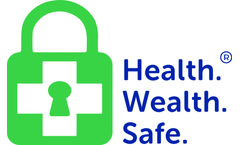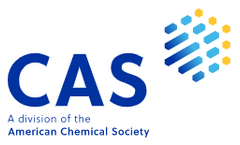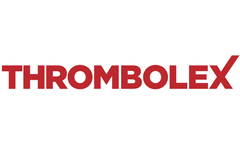Ratings Even Hospitals Articles & Analysis: Older
8 articles found
Welcome to 2023-2024 season’s respiratory surveillance recap, where we’ll share insights from the most recent respiratory surveillance season, covering three major respiratory viruses: COVID-19, influenza, and RSV. Tracking these illnesses is imperative for maintaining population health because these illnesses significantly impact individual wellbeing and healthcare costs, resource ...
It cannot be denied that the healthcare sector is evolving quickly due to development and technological advancements. The creation of remote patient monitoring (RPM) systems and apps is a result of this. Healthcare providers can remotely monitor and examine patient health data thanks to remote patient monitoring systems. This provides people with convenience and easy access to healthcare. ...
Zwanger Pesiri Radiology is an innovative chain of 32 outpatient radiology centers that stretch across Long Island and New York City. Unlike many groups of imaging centers, they aren’t affiliated with any hospitals and so don’t benefit from hospital reimbursement rates or referrals. ...
The COVID-19 pandemic upended health care throughout the world with near-capacity hospitalization rates, overworked staff, and new personal protective equipment (PPE) requirements. ...
Childhood vaccinations provide immunity to children against serious infectious diseases before they are exposed to them to prevent illness. Many childhood diseases, such as smallpox and polio, have been almost completely eradicated as a result of widespread, standardized childhood vaccination programs. Some vaccinations, such as those for highly contagious diseases including measles, mumps, ...
PE is the most common preventable cause of death among hospital patients in the United States. VTE is a leading cause of death and disability worldwide and has the third-highest mortality rate out of any cardiovascular disease, behind myocardial infarctions and stroke. ...
This paper analyses the productivity and efficiency of the Tunisian public hospitals over the period from 2000 to 2007. We obtain estimates of productivity using the bootstrapped Malmquist index, and a truncated regression model is used to examine how external factors impact the level of productivity and its components (i.e. (a) the bed occupancy ratio which represents the hospital capacity ...
Medical quality and efficiency are two of the most important dimensions of hospital's overall management performance. Medical quality and efficiency of hospital is measured by indicator projects in different medical field. Most quality indicator projects adopt a resource-based measurement for the length of stay of patients. One of these indicators is 'unplanned readmission rate within 14 days of ...







